There are several exceptions that allow for the use of copyrighted materials in the classroom
Section 101(1) of the U.S. Code:
- Allows performance or display of protected material in a face-to-face teaching setting.
- Stipulates that use of these materials must be in a classroom and at a non-profit educational institution.
- Provides an exception to the exclusive rights of performance and display, but not the right of reproduction.
- States that performance and display in the classroom must employ a legally obtained copy, for example, of a film on DVD or music on a CD – no “bootleg” copy is eligible for this exception, but borrowed copies are OK.
Fair Use: Section 107 of the U.S. Code
Fair use is the use of copyrighted material, without the holder’s permission, for purposes such as teaching, preparation for teaching, scholarship, research, criticism/comment/parody and news reporting.
Fair use is an important right to use copyrighted works at the university. Fair use can allow us to clip, quote, scan, share and make many other common uses of protected works.
Four factors are balanced to determine fair use:
- The purpose of the use should be for non-profit education. If the use adds to the original in some creative way (like commenting on a poem or making a parody), or is considered transformative, the fair use argument is stronger.
- Factual material is more susceptible to fair use; creative work like music and art gets stronger protection. Unpublished work also gets more protection.
- Use only that amount of the original work that is necessary to accomplish the educational purpose. There is no law that says exactly what that is, but guidelines suggest one chapter from a book, or one poem from a book of poems, or one article from a journal.
- Avoid uses that substitute for purchasing available copies; damaging the market for the original counts heavily against fair use.
If you are copying a poem or a diagram or a book chapter or an article, include a copyright notice on each and every copy

